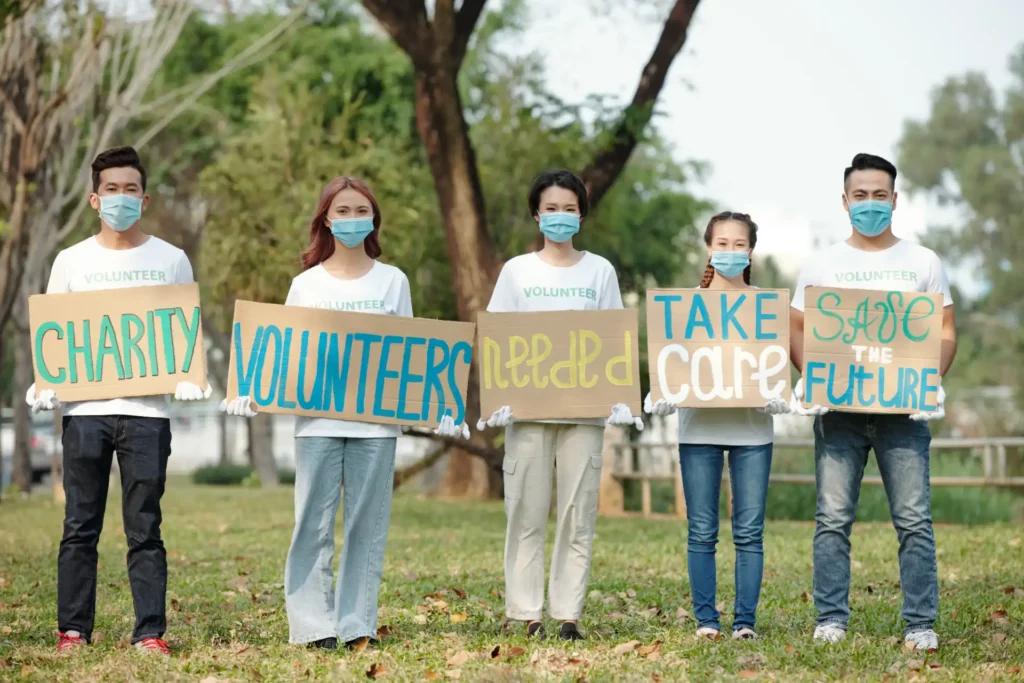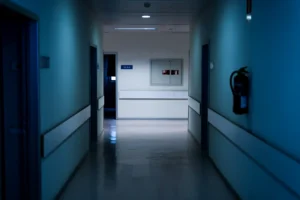Across the United States, communities are facing a silent emergency. As federal and state governments tighten budgets, mental health services are among the first to face cuts. What may appear as a line item in a spreadsheet has devastating real-world consequences—longer wait times, overloaded clinics, and rising suicide rates. This article explores how budget cuts to mental health services harm individuals, families, and entire communities.
A Growing Mental Health Crisis
The U.S. has been experiencing a surge in mental health challenges for over a decade, intensified by the COVID-19 pandemic, inflation, and workforce burnout. According to the National Institute of Mental Health, nearly one in five adults lives with a mental illness. Despite this, funding for public mental health programs has not kept pace with demand. In some states, per-capita spending has dropped by more than 30% over the last ten years.
When lawmakers implement austerity measures, public clinics and community programs often take the hardest hit. These services are lifelines for low-income families, veterans, and children. Without proper funding, waiting lists grow longer, emergency rooms become the first point of care, and those most in need fall through the cracks.
The Domino Effect of Funding Reductions
Mental health services are interconnected with every part of public life—schools, hospitals, law enforcement, and social services. Cutting funding from one area creates ripple effects throughout society. Here’s how:
- Hospitals Overloaded: Many people in crisis turn to emergency departments when outpatient care is unavailable. ERs become overcrowded, forcing patients to wait hours or days for a psychiatric bed.
- Increased Homelessness: Individuals with untreated mental illness are more likely to lose employment or housing. Without community programs, many end up living on the streets or in shelters.
- Rising Crime and Incarceration: When behavioral health services disappear, jails and prisons become default treatment centers. Local sheriffs report a growing number of inmates needing psychiatric care.
- School Impacts: Students struggling with anxiety, depression, or trauma lose access to counseling programs, affecting attendance, behavior, and long-term academic success.
These cascading effects highlight that budget cuts are not “savings” at all—they shift costs elsewhere, often into more expensive systems like hospitals and correctional facilities.
Stories from the Ground

In Ohio, the closure of two regional mental health clinics in 2024 left more than 4,000 patients without local care options. For some, the nearest available provider is now over 70 miles away. One mother shared that her teenage son, diagnosed with bipolar disorder, went three months without medication refills after his counselor’s position was eliminated due to funding shortages.
Similar stories are emerging nationwide. In California, county health departments have reported longer response times for mental health emergencies, especially in rural areas. The Cuts Hurt report on emergency services found that reduced staffing in crisis response teams leads to slower intervention during suicide calls and domestic violence situations.
Economic Consequences of Neglecting Mental Health
Every dollar cut from mental health budgets costs taxpayers far more in the long run. Untreated mental illness leads to higher unemployment, disability claims, and incarceration rates. A 2023 study by the American Psychiatric Association estimated that untreated mental health conditions cost the U.S. economy over $200 billion annually in lost productivity.
Local businesses also suffer. Employees coping with depression or anxiety are more likely to miss work or perform below capacity. When companies lose workers to burnout, turnover increases, leading to additional economic strain on both private and public sectors.
Investing in mental health isn’t just compassionate—it’s fiscally responsible. Prevention and early intervention programs reduce hospitalizations, emergency calls, and long-term treatment costs.
How Budget Cuts Affect the Workforce
Behind every community clinic is a team of professionals—psychiatrists, nurses, social workers, and volunteers—dedicated to serving those in need. Budget cuts force layoffs, reduced hours, and burnout among the remaining staff. According to the National Association of Social Workers, 42% of public mental health workers report managing more than double their recommended caseloads.
This overextension leads to dangerous consequences. Patients may go weeks without follow-ups, therapists lack time for thorough assessments, and suicide prevention hotlines struggle to answer every call. As services shrink, professionals are pushed out of the field altogether, worsening the national shortage of mental health workers.
Community-Level Impact: From Prevention to Emergency
Preventive care—such as school counseling and substance-abuse programs—is often the first area targeted for cuts. Yet prevention saves lives and money. Without these programs, issues escalate into crises requiring emergency intervention, hospitalization, or law enforcement involvement. The Cuts Hurt report on public health programs shows that every $1 invested in prevention can save up to $5 in future medical and legal costs.
When preventive programs disappear, communities lose not just services, but trust. Families stop seeking help early. Schools and workplaces become less equipped to recognize warning signs. Over time, public health deteriorates, leaving cities less resilient during future crises.
How Advocacy Can Make a Difference
Change is possible. Grassroots advocacy and local leadership can reverse the effects of harmful budget decisions. Here’s how communities can respond:
- Raise Awareness: Share verified stories about the human impact of cuts. Personal narratives resonate more strongly than statistics alone.
- Engage Lawmakers: Attend local government meetings, call representatives, and ask where mental health funding fits in the state budget.
- Support Nonprofits: Volunteer or donate to local organizations filling the gap left by public funding cuts.
- Collaborate Across Sectors: Schools, hospitals, and law enforcement agencies can create joint mental health task forces to coordinate responses efficiently.
Our previous article, “Take Action Against Harmful Budget Cuts”, provides a step-by-step guide for organizing advocacy campaigns and building alliances across communities.
Examples of Positive Policy Shifts

Some states are starting to recognize the urgency of mental health investment. Illinois, for example, launched a “Community Wellness Reinvestment Program” in 2024, restoring $60 million to local behavioral health initiatives. Early results show a 20% reduction in psychiatric ER admissions. In Colorado, a bipartisan bill increased funding for youth crisis centers, emphasizing prevention and trauma-informed care.
These examples prove that targeted funding can yield measurable outcomes: fewer hospitalizations, lower incarceration rates, and improved quality of life. Investing in mental health services is not a political stance—it’s a public health necessity.
The Human Cost of Inaction
Behind every statistic is a person—a veteran battling PTSD without access to therapy, a child struggling in school without counseling, a single mother who can’t afford her antidepressant prescription. When budgets shrink, these people are the ones who pay the price. The true cost of austerity is measured not in dollars saved but in lives affected.
In one poignant example, a former paramedic from Arizona shared that her department’s crisis response unit was defunded last year. “We used to have a mental health team respond to suicide calls. Now, it’s just us. I’ve seen more preventable deaths this year than in my entire career.”
Moving Forward: Rebuilding Trust Through Investment
Rebuilding public mental health infrastructure requires sustained investment and community collaboration. Lawmakers must prioritize mental health funding alongside physical healthcare, education, and housing. Each plays an essential role in building stable, resilient societies.
As we advocate for change, it’s important to remember that austerity is a choice. So is compassion. Every dollar restored to mental health services represents a step toward hope, stability, and recovery for millions of Americans.
Budget cuts hurt. But awareness, advocacy, and investment can heal.
Suggested Citation
Source: Cuts Hurt – The Face of Austerity Project (2025). “The Hidden Crisis: Budget Cuts and Mental Health Services.” Available at CutsHurt.org.










